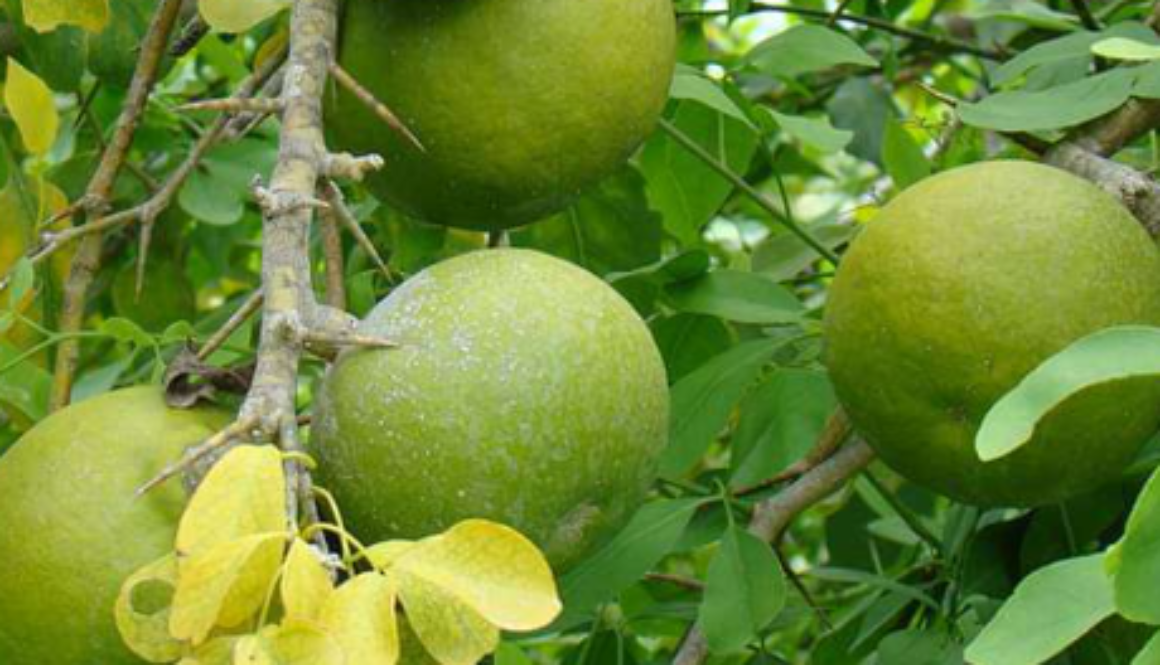BAEL PATRA
CLIMATE: Warm humid climate and sunny condition is ideal for cultivation of this plant. Young plants cannot survive temperature below 4°C or tolerate hot winds.
SOIL: These plants thrive well in swampy, alkaline, sandy loamy soil having pH range of 5.0-10.0.
PROPAGATION AND PLANTATION: Bael is generally propagated by seeds. Sowing is done in June or July. The seedlings require at least a year in the nursery to be fit for transplantation. They should be transplanted in monsoon. Other than seeds the plants also may propagated by root cuttings and stem cuttings treating with IBA (4000 ppm) using quick dip method.
Seedlings or budded plants shall be transplanted in the field during rainy season at a spacing of 10-12 m in one ha land. Budded plants start bearing fruits at the age of 4-5 years, whereas seedling trees require 7-8 years.
PLANT PROTECTION: The plants shall be grown without chemical fertilizers and use of pesticides. Organic manure is recommended.
IRRIGATION: The field after plantation should be irrigated periodically as and when required weekly or fortnightly as per the soil moisture condition.
HARVESTING: The fruits are deep green initially and become yellow gradually at ripening. The fruits are harvested along with a portion of fruiting stalk as it serves as a signal of ripening as it is easily detached only in the ripe fruits. The fruits require about a year for ripening.
USES
Bael is good for heart, reduces cholesterol, purifies blood, treats cancer, removes gastric problems and constipation, cures acidity and diarrhea, improves immunity and cools the body.
The fruit is used for preparing summer drinks, jams, toffees and other edible products. The leaves are used in religious purposes all over India, for which the tree is also called as holy fruit tree.

